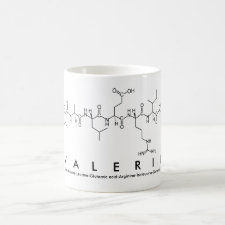
Authors: Pichon V, Chapuis F, Hennion MC
Article Title: A dual analytical approach for the selective extraction of organic pollutants in environmental matrices: immunosorbents and molecularly imprinted polymers.
Publication date: 2004
Journal: Actualité Chimique
Volume: 277-278
Page numbers: 15-26.
Abstract: The trace-level determination of micropollutants in environmental matrices requires high performance from analytical separation and detection as well as from the sample preparation technique. Low detection limits are difficult to obtain owing to many interfering compounds co-eluted with the target analytes because they are co-extracted by non-selective reversed-phase sorbents used for the solid-phase extraction of aqueous samples or by organic solvents used for the treatment of solid matrices. Immunoaffinity sorbents based on the use of antibodies that are specific of the target analytes can be applied to the direct extraction of a group of structurally related pollutants from liquid samples or to the purification of extracts (resulting of solvent based extraction methods applied to solid matrices). The high selectivity of the antigen-antibody interaction allows reaching the detection limits according to the regulatory guidelines in the various studied matrices. However, the production of antibodies is time consuming and cost effective. An alternative SPE method is emerging that consists in synthesizing highly cross-linked polymers that possess cavities that are specific of a particular molecule. These molecularly imprinted polymers possess properties that can be directly compared to those of immunosorbents with the advantage of being very stable and less cost effective



Join the Society for Molecular Imprinting

New items RSS feed
Sign-up for e-mail updates:
Choose between receiving an occasional newsletter or more frequent e-mail alerts.
Click here to go to the sign-up page.
Is your name elemental or peptidic? Enter your name and find out by clicking either of the buttons below!
Other products you may like:
 MIPdatabase
MIPdatabase









